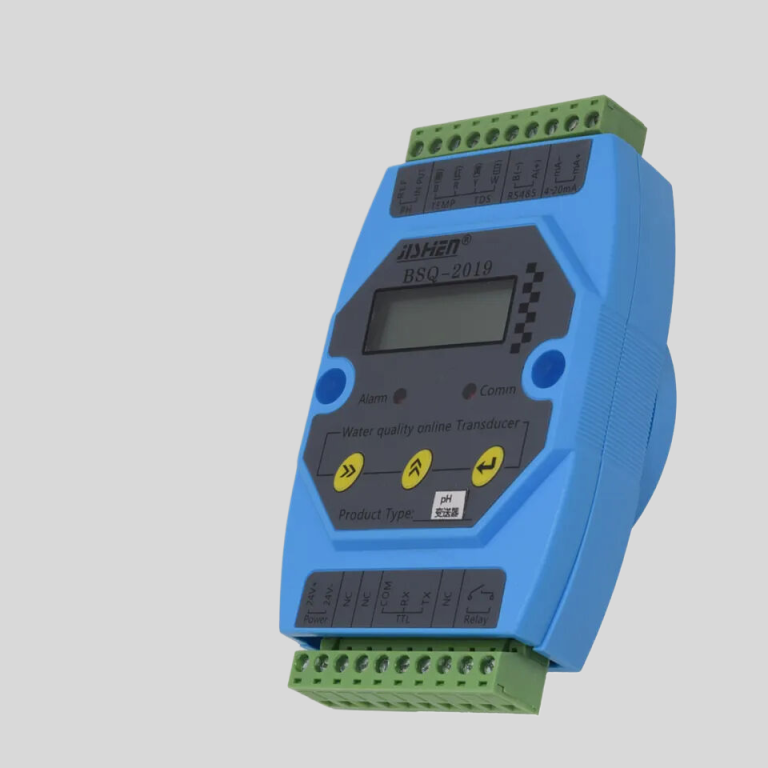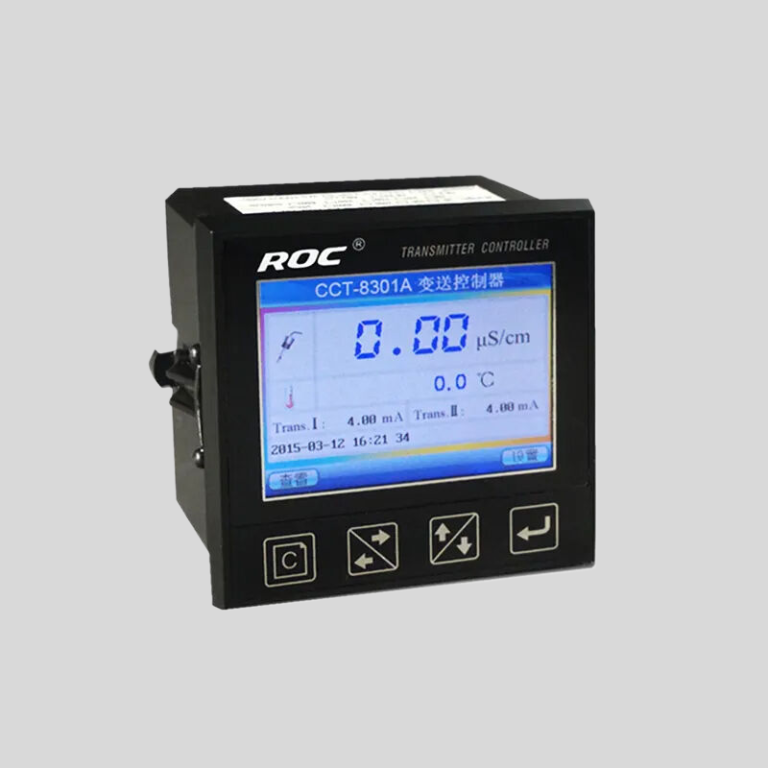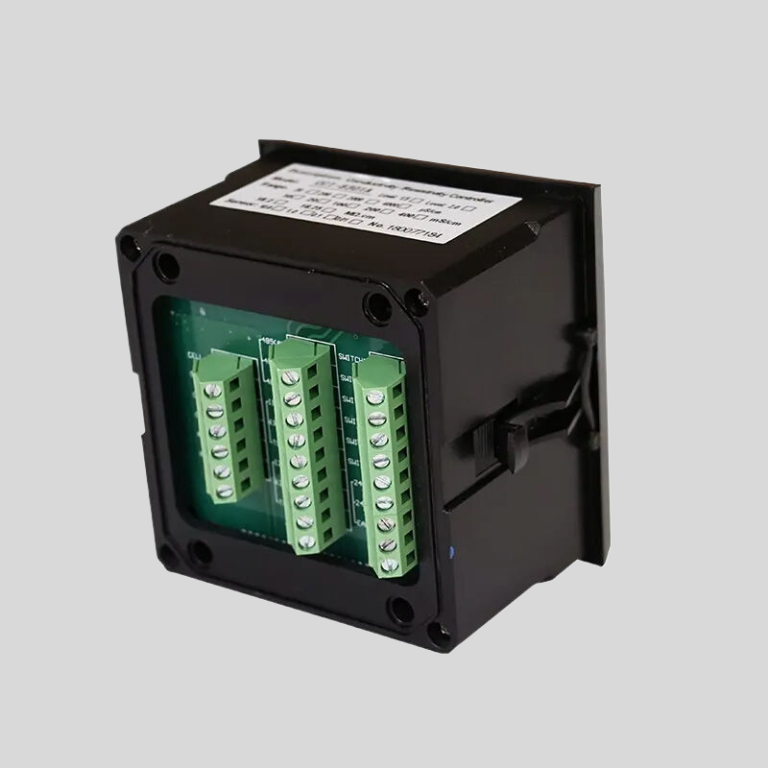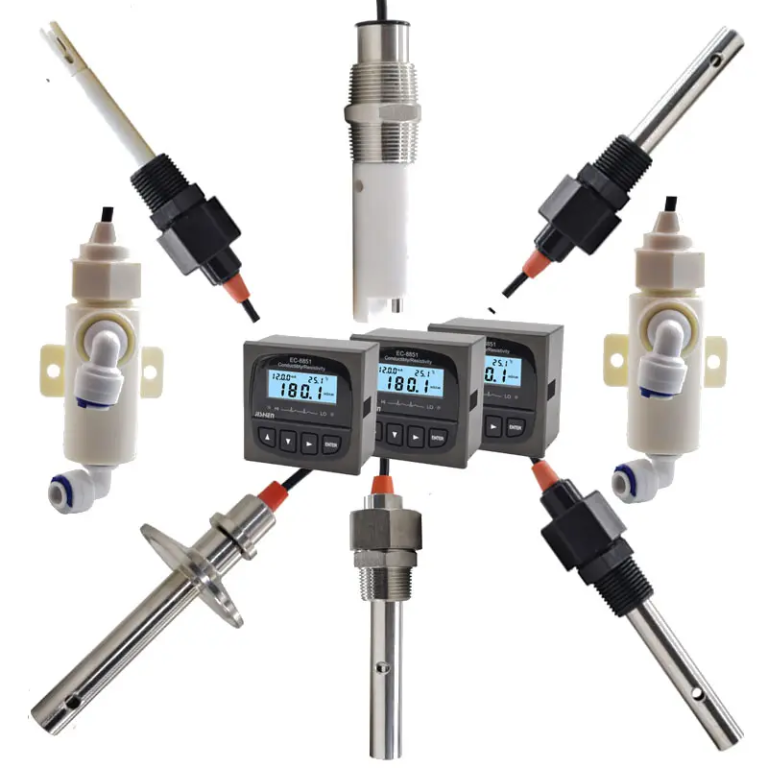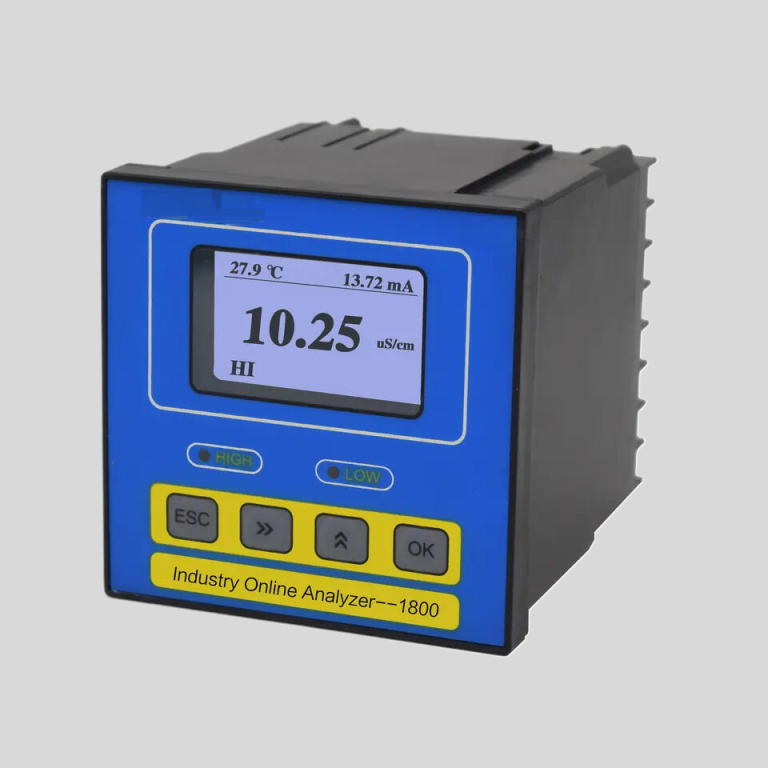Understanding the Basics of Analog pH Sensors
Analog pH sensors are essential tools in various industries, including agriculture, food and beverage production, water treatment, and pharmaceuticals. These sensors play a crucial role in measuring the acidity or alkalinity of a solution, providing valuable data for process control and quality assurance. Understanding the basics of analog pH sensors is essential for anyone working with these devices.
Analog pH sensors work on the principle of measuring the voltage generated by a pH-sensitive electrode immersed in a solution. The pH-sensitive electrode consists of a glass membrane that responds to changes in hydrogen ion concentration in the solution. When the glass membrane comes into contact with a solution, it generates a voltage that is proportional to the pH of the solution. This voltage is then converted into a pH value using a reference electrode and a ph meter.
One of the key advantages of analog pH sensors is their simplicity and ease of use. These sensors provide real-time pH measurements without the need for complex calibration procedures. However, it is essential to calibrate analog pH sensors regularly to ensure accurate and reliable measurements. Calibration involves adjusting the sensor’s output to match the pH values of standard solutions.
Analog pH sensors are available in various designs, including combination electrodes, refillable electrodes, and solid-state electrodes. Combination electrodes are the most common type of analog ph sensor and consist of a glass membrane electrode and a reference electrode in a single housing. Refillable electrodes allow for easy maintenance by allowing the user to refill the reference electrolyte. Solid-state electrodes are more durable and resistant to harsh environments but may require more frequent calibration.
When selecting an analog ph sensor, it is essential to consider factors such as the type of solution being measured, the temperature range, and the required accuracy. Some analog pH sensors are designed for specific applications, such as high-temperature environments or low-conductivity solutions. It is crucial to choose a sensor that meets the requirements of the application to ensure accurate and reliable measurements.
Analog pH sensors are typically connected to a ph meter or data acquisition system to display and record pH values. The output of the sensor is usually in the form of a voltage signal that can be converted into a digital reading using an analog-to-digital converter. Some analog pH sensors also feature built-in temperature compensation to account for changes in temperature that can affect pH measurements.
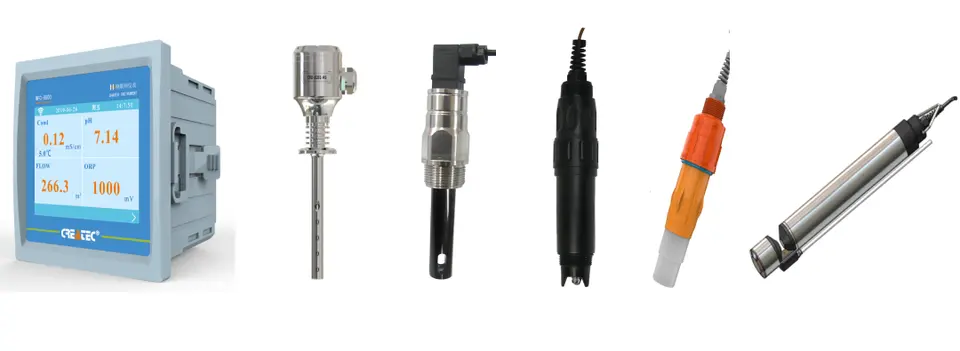
In conclusion, analog pH sensors are essential tools for measuring pH in various industries. These sensors provide real-time pH measurements and are relatively easy to use. Regular calibration is necessary to ensure accurate and reliable measurements. When selecting an analog ph sensor, it is essential to consider factors such as the type of solution, temperature range, and required accuracy. By understanding the basics of analog pH sensors, users can make informed decisions when choosing and using these valuable instruments.
| Measurement range | N,N-Diethyl-1,4-phenylenediamine (DPD) spectrophotometry | |||
| Model | CLA-7112 | CLA-7212 | CLA-7113 | CLA-7213 |
| Inlet channel | Single channel | Double channel | Single channel | Double channel |
| Measurement range | Free chlorine\uff1a(0.0-2.0)mg/L ,Calculated as Cl2; | Free chlorine:(0.5-10.0)mg/L ,Calculated as Cl2; | ||
| pH\uff1a\uff080-14\uff09\uff1bTemperature\uff1a\uff080-100\uff09\u2103 | ||||
| Accuracy | Free chlorine:\u00b110% or \u00b10.05mg/L(take the large value),Calculated as Cl2; | Free chlorine:\u00b110% or\u00b10.25mg/L(take the large value),Calculated as Cl2; | ||
| pH:\u00b10.1pH\uff1bTemperature\uff1a\u00b10.5\u2103 | ||||
| Measurement Period | \u22642.5min | |||
| Sampling interval | The interval (1\uff5e999) min can be set arbitrarily | |||
| Maintenance cycle | Recommended once a month (see maintenance chapter) | |||
| Environmental requirements | A ventilated and dry room without strong vibration;Recommended room temperature\uff1a\uff0815\uff5e28\uff09\u2103\uff1bRelative humidity\uff1a\u226485%\uff08No condensation\uff09 | |||
| Water sample flow | \uff08200-400\uff09 mL/min | |||
| Inlet pressure | \uff080.1-0.3\uff09 bar | |||
| Inlet water temperature range | \uff080-40\uff09\u2103 | |||
| Power supply | AC (100-240)V\uff1b 50/60Hz | |||
| Power | 120W | |||
| Power connection | The 3-core power cord with plug is connected to the mains socket with ground wire | |||
| Data output | RS232/RS485/\uff084\uff5e20\uff09mA | |||
| Size | H*W*D\uff1a\uff08800*400*200\uff09mm | |||

